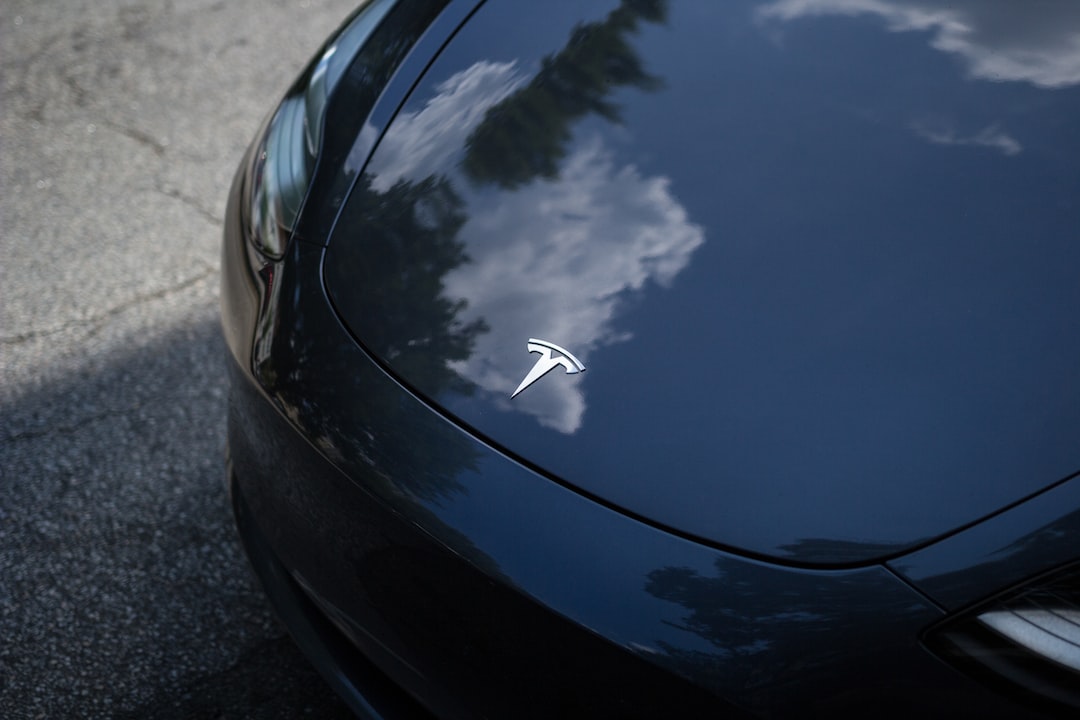Thank you for visiting to check out this story on WPHorde Testing Grounds! We’re delighted to have you here and appreciate your time and curiosity in our writing. Your support is valuable to us, and we hope you found this story both engaging and pleasurable. Don’t forget to check out more of our stories—we’re sure you’ll discover content that interests you. Again, thanks for being part of the WPHorde Testing Grounds community!
Elon Musk GENIUS ADJUSTMENT On Spacex Raptor Engine!
Since its inception in 2002, SpaceX has captivated the world with its revolutionary advancements inspace technology. Central to their groundbreaking achievements is a relentless pursuit of innovation,
exemplified by their rocket engine development. While SpaceX has already achieved unprecedented success with engines like Merlin and Kestrel, it is the evolution of the Raptor engine that has garnered particular attention. Fueled by a vision of interplanetary travel, Elon Musk, and his team have poured their genius into creating an engine that pushes the boundaries of what is possible.
SpaceX’s concentration on the Raptor engines has been crucial to their mission to Mars. The Merlin, Kestrel, Draco, and SuperDraco engine families that SpaceX previously produced have been replaced by
the Raptor engine. The Raptor was created especially for deep space missions, such as those to Mars and beyond. The Raptor engine’s development started in 2011, and over time, it saw a great deal of innovation and improvement. Being a full-flow staged combustion engine, the Raptor functions by simultaneously burning fuel and oxidizer to maximize efficiency. As opposed to the conventional rocket propellant
combination of RP-1 (a highly refined type of kerosene) and LOX, it uses a mixture of liquid methane (CH4) and liquid oxygen (LOX).
The Raptor has more performance and thrust than earlier engines. To increase its dependability and capabilities, it has completed several tests, including numerous successful static fire tests and various iterations. The construction of the Raptor is an essential step for SpaceX’s ambitious goals, including the Starship spacecraft, which seeks to carry people and cargo to Mars and might support future colonization efforts.
It’s amazing to hear those falcons served as inspiration for the names given to the SpaceX engines. Later, a name that was more recognizable and memorable was chosen to replace the original name of the
booster engine, the 60 K engine. Elon Musk agreed with the notion of naming the engines after falcons, which was proposed by a team member who was a falconer. As a result, the smaller second-stage engine was given the name Kestrel, the medium-sized engine was given the name Merlin, and the larger engines were given the names Peregrine and Gyrfalcon (though Peregrine was saved for later use). In terms of rocket engine development, the SpaceX Raptor engines do indeed mark a significant turning point. They show SpaceX’s dedication to pushing the envelope of space exploration and opening the door for bold missions like the colonization of Mars.
This post was originally published on Smell The Musk
YTRankBoost – Rank Your YouTube Videos Higher with Backlinks.
Are you trying to get your YouTube videos noticed in the crowded online space? Look no further than YTRankBoost! Our powerful tool for automation will help you propel your videos to the top of the list of search engines by generating many backlinks as well as embeds. The best part? YTRankBoost is extremely simple to use. Simply copy and paste the URL of your video and watch your rankings rise, bringing more people to your video. Don’t be left behind in the world of online video. Test YTRankBoost today and experience the results for yourself!
